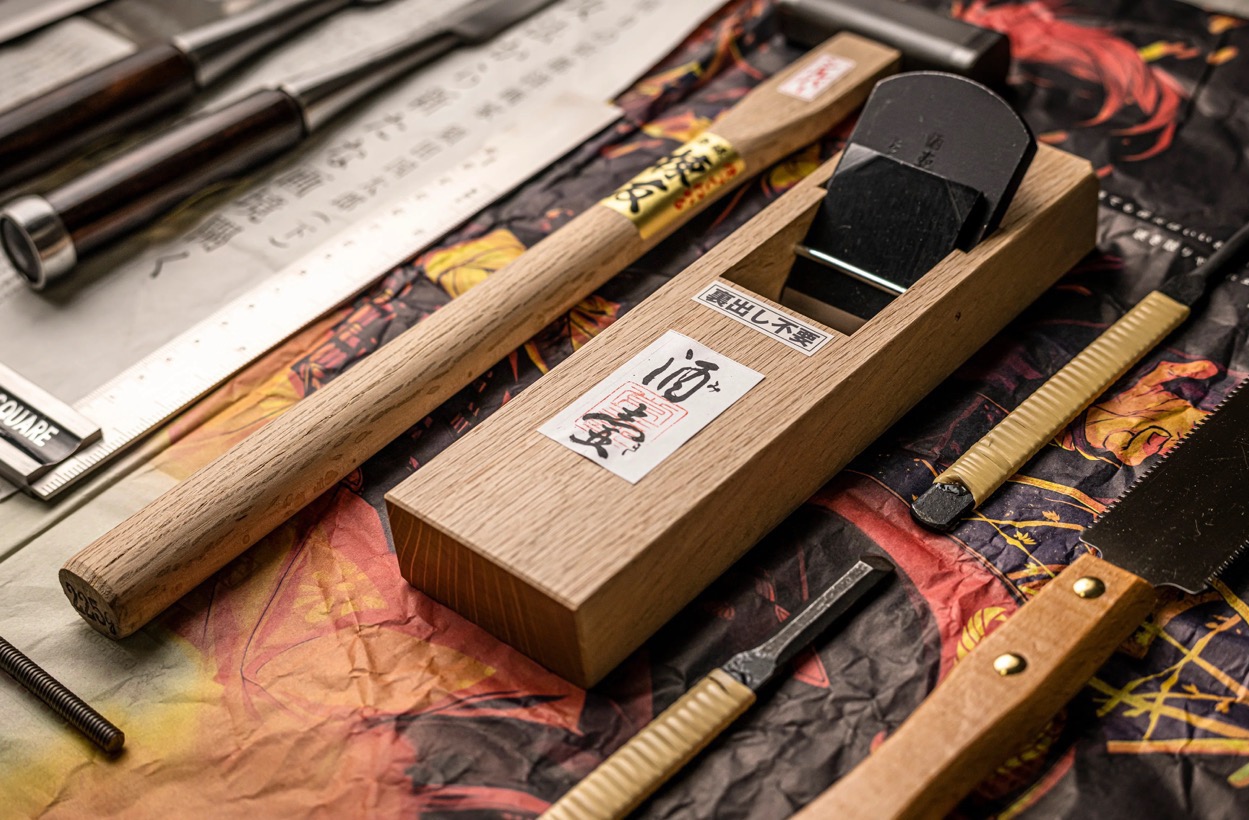

Articles
What Hand Tools Are Popular In Japan
Modified: August 28, 2024
Discover the top hand tools that are popular in Japan with our informative articles. Explore traditional Japanese craftsmanship and find the perfect tools for your projects.
(Many of the links in this article redirect to a specific reviewed product. Your purchase of these products through affiliate links helps to generate commission for Storables.com, at no extra cost. Learn more)
Introduction
When it comes to craftsmanship, Japan is renowned for its attention to detail and commitment to excellence. This is reflected not only in their traditional arts like tea ceremonies and ikebana, but also in their hand tools. Japanese hand tools are known for their precision, durability, and ergonomic design, making them highly sought after by professionals and enthusiasts around the world.
In this article, we will explore some of the most popular hand tools in Japan, both traditional and modern, that embody the rich heritage of Japanese craftsmanship.
Key Takeaways:
- Japanese hand tools, both traditional and modern, embody the country’s rich heritage of craftsmanship, precision, and innovation. From woodworking to culinary arts, these tools offer unparalleled quality and functionality.
- The popularity of Japanese hand tools extends beyond woodworking, showcasing their versatility in various industries. Whether you’re a professional or an enthusiast, investing in Japanese hand tools is a testament to valuing precision, durability, and beauty in craftsmanship.
Read more: What To Look For In Hand Tools
Traditional Japanese Hand Tools
1. Nokogiri (Japanese Pull Saw): The nokogiri is a staple tool in traditional Japanese woodworking. Unlike western saws, the Japanese pull saw cuts on the pull stroke, allowing for greater control and accuracy.
2. Chisels (Oire Nomi): Japanese chisels are known for their exceptional sharpness and edge retention. They have laminated blades made of high-carbon steel, which are meticulously forged and sharpened by skilled craftsmen.
3. Kanna (Japanese Plane): The kanna is a hand plane used for smoothing and shaping wood surfaces. It is highly regarded for its precision and ability to produce smooth, glass-like finishes.
4. Maru Nomi (Japanese Carving Gouge): Maru nomi is a set of carving gouges used for intricate wood carving. These gouges are designed with different profiles and sizes to create delicate details and patterns.
5. Kakuri Ryoba (Double-edged Japanese Pull Saw): The kakuri ryoba is a versatile saw with a double-edged blade. One side is used for rip cuts, while the other side is ideal for crosscuts, making it a handy tool for various woodworking tasks.
6. Kigumi Saw (Japanese Tenon Saw): The kigumi saw is a specialized saw used for cutting tenons, a type of woodworking joint. It has a thin, flexible blade with fine teeth, allowing for precise and clean cuts.
7. Kote Nomi (Japanese Shoulder Plane): Kote nomi is a shoulder plane used to trim and smooth the shoulders of tenons and other woodworking joints. Its compact size and adjustable mouth make it perfect for intricate work.
8. Kiridashi (Japanese Marking Knife): The kiridashi is a small, single-beveled knife used for marking lines on wood or other materials. It has a sharp and durable blade, making it an essential tool for accurate measurements and layout work.
9. Sen (Japanese Needle File): Sen are needle files used for fine shaping and smoothing of wood, metal, or other materials. They come in various shapes and sizes, allowing craftsmen to achieve precise and intricate finishes.
10. Usuba (Japanese Vegetable Knife): The usuba is a traditional Japanese vegetable knife with a thin, sharp blade that allows for effortless slicing and precise cuts. It is widely used by chefs and home cooks for preparing vegetables with utmost precision.
Modern Japanese Hand Tools
1. Hishika (Japanese Hand Drill): The hishika is a hand-powered drill used for drilling precise holes in wood and other materials. It features a sharp drill bit and a knurled handle for easy grip and control.
2. Gennou (Japanese Hammer): The gennou is a traditional Japanese hammer with a unique shape that allows for accurate striking and driving nails. It has a flat face for driving and a rounded face for startin
Key Takeaways:
- Japanese hand tools, both traditional and modern, embody the country’s rich heritage of craftsmanship, precision, and innovation. From woodworking to culinary arts, these tools offer unparalleled quality and functionality.
- The popularity of Japanese hand tools extends beyond woodworking, showcasing their versatility in various industries. Whether you’re a professional or an enthusiast, investing in Japanese hand tools is a testament to valuing precision, durability, and beauty in craftsmanship.
Read more: What To Look For In Hand Tools
Traditional Japanese Hand Tools
Traditional Japanese hand tools have been valued for centuries for their precision, craftsmanship, and attention to detail. These tools are the result of generations of knowledge and refinement, passed down from master artisans to apprentices. Let’s explore some of the most iconic traditional Japanese hand tools:
1. Nokogiri (Japanese Pull Saw): The nokogiri, also known as the Japanese pull saw, is a fundamental tool in Japanese woodworking. Unlike Western saws, which cut on the push stroke, the nokogiri cuts on the pull stroke. This design allows for greater control and accuracy. The thin kerf and razor-sharp teeth of the nokogiri enable smooth and precise cuts, making it ideal for intricate joinery and delicate work.
2. Chisels (Oire Nomi): Japanese chisels, or oire nomi, are highly regarded for their exceptional sharpness and edge retention. They are handmade by skilled craftsmen who use high-quality steel and incorporate traditional techniques such as laminated blades. The blades are forged, tempered, and then sharpened to a razor-like edge. The unique hollow back of the chisels reduces friction, allowing for effortless and precise carving and shaping of wood.
3. Kanna (Japanese Plane): The kanna, or Japanese plane, is a hand tool used for smoothing and shaping wood surfaces. It is constructed with a wooden body and a laminated blade made of high-carbon steel. The blade is sharpened to a fine edge, enabling the kanna to produce incredibly smooth and precise finishes. The adjustability of the blade allows craftsmen to achieve different thicknesses of shavings, making the kanna versatile for different woodworking projects.
4. Maru Nomi (Japanese Carving Gouge): Maru nomi is a type of Japanese carving gouge used for intricate wood carving. These gouges have narrow and curved blades that enable precise removal of wood material. Craftsmen use maru nomi to create delicate details and decorative patterns on furniture, sculptures, and other wooden objects.
5. Kakuri Ryoba (Double-edged Japanese Pull Saw): The kakuri ryoba is a versatile Japanese hand saw with a double-edged blade. One side of the blade is used for rip cuts, while the other side is used for crosscuts. This dual-functionality makes the kakuri ryoba an essential tool for various woodworking tasks. The thin kerf and ergonomic handle design allow for effortless and accurate cutting.
6. Kigumi Saw (Japanese Tenon Saw): The kigumi saw, also known as a Japanese tenon saw, is specially designed for cutting tenons, a type of woodworking joint. It has a thin and flexible blade with fine teeth, allowing for precise and clean cuts. The narrow width of the kigumi saw’s blade makes it ideal for cutting small and intricate joinery.
7. Kote Nomi (Japanese Shoulder Plane): Kote nomi is a Japanese shoulder plane used for trimming and smoothing the shoulders of tenons and other woodworking joints. Its compact size and adjustable mouth make it perfect for intricate work and achieving precise fits. The single-blade design allows craftsmen to reach into tight spaces and create clean and polished joint surfaces.
8. Kiridashi (Japanese Marking Knife): The kiridashi is a small, single-beveled knife used for marking lines on wood or other materials. It has a sharp and durable blade that makes precise and accurate markings. The kiridashi is an essential tool for layout work, ensuring precise measurements and guiding precise cuts.
9. Sen (Japanese Needle File): Sen are needle files used for fine shaping and smoothing of wood, metal, or other materials. They come in various shapes and sizes, including flat, round, and triangular, allowing craftsmen to achieve precise and intricate finishes. The sharpness of the files and their small size make them ideal for working in tight spaces and for intricate detailing.
10. Usuba (Japanese Vegetable Knife): The usuba is a traditional Japanese vegetable knife with a thin, sharp blade. It is specifically designed for precise slicing and cutting of vegetables. The thin and flat edge of the usuba allows for smooth and clean cuts, ensuring minimal damage to the delicate structure of vegetables. This makes it a favored tool among professional chefs and home cooks for precision vegetable preparation.
Modern Japanese Hand Tools
In addition to their rich heritage of traditional hand tools, Japan is also known for its innovative and modern approach to tool design. These modern Japanese hand tools combine traditional craftsmanship with contemporary materials and technologies. Let’s explore some of the popular modern hand tools from Japan:
1. Hishika (Japanese Hand Drill): The hishika is a Japanese hand drill that is used for drilling precise holes in wood and other materials. It features a compact and lightweight design, making it easy to handle and maneuver. The drill bit is sharp and made from high-quality steel, ensuring clean and accurate holes with minimal effort.
2. Gennou (Japanese Hammer): The gennou is a traditional Japanese hammer with a unique design that allows for precise striking and driving of nails. It consists of a heavy iron head and a handle made of Japanese hardwood. The flat face of the gennou is used for driving nails, while the rounded face is used for starting or removing nails without damaging the surrounding surface.
3. Kakuri Kurouchi Hammer: The Kakuri Kurouchi Hammer is a modern variation of the traditional Japanese hammer. It features a distinctive blackened Kurouchi finish on the head, which not only provides a unique aesthetic but also protects against rust and increases durability. The hammer is crafted with a solid steel head and a resilient handle, making it ideal for a wide range of carpentry and woodworking applications.
4. Honyaki Shears (Japanese Scissors): Honyaki shears, also known as Japanese scissors, are renowned for their precision and sharpness. They are made from high-quality stainless steel, and the blades are expertly crafted to provide smooth and precise cutting. Honyaki shears are widely used in various industries, such as textile, culinary, and gardening.
5. Kakuri Kanna Smoothing Plane: The Kakuri Kanna Smoothing Plane is a modern interpretation of the traditional Japanese smoothing plane. It combines a wooden body with a laminated steel blade, providing excellent stability and performance. The adjustable blade allows for fine-tuning of the cutting depth, enabling users to achieve smooth and even surfaces on wood.
6. Tsurugi (Japanese Woodworking Knife): The tsurugi is a Japanese woodworking knife that is characterized by its unique shape. It has a long, slender blade with a pointed tip, allowing for precise and intricate cuts. The tsurugi is commonly used for a range of woodworking tasks, including carving, whittling, and shaping.
7. Ryusen Japanese Knife: The Ryusen Japanese Knife is a modern Japanese knife that combines traditional craftsmanship with high-quality materials. These knives are known for their exceptional sharpness and edge retention. They are handcrafted by skilled artisans using techniques passed down through generations. Ryusen knives are used for various culinary purposes, including slicing, dicing, and precision cutting.
8. Sudare (Japanese Bamboo Blinds): Sudare refers to the traditional Japanese bamboo blinds used for shading and privacy. These blinds are carefully constructed by weaving thin bamboo slats together with fine threads. Sudare is not only functional but also adds a touch of elegance and traditional charm to interior spaces.
9. Nomi (Japanese Carving Chisel): Nomi, or Japanese carving chisels, are modern tools used for intricate wood carving and detailing. They are made with high-quality steel and are available in a variety of shapes and sizes to suit different carving needs. The sharp blades and ergonomic handles of these chisels allow for precise and controlled cutting.
10. Sode Kanna (Japanese Rabbet Plane): The sode kanna is a modern Japanese rabbet plane used for creating precise and clean rabbets or grooves in wood. It features an adjustable blade depth and a comfortable handle, allowing for accurate and efficient woodworking. The sode kanna is a versatile tool used in cabinetry, furniture making, and other woodworking projects.
Read more: What Are The Hazards Of Hand Tools
Conclusion
Japanese hand tools have a rich history and are renowned for their exceptional craftsmanship, precision, and durability. From traditional tools that have been refined over generations to modern tools that combine traditional techniques with contemporary design, Japanese hand tools represent the perfect fusion of heritage and innovation.
Traditional Japanese hand tools like the nokogiri, chisels, kanna, and maru nomi are deeply rooted in the country’s woodworking tradition. Crafted with meticulous attention to detail, these tools enable artisans to create intricate joinery, delicately carve wood, and achieve smooth and precise finishes.
On the other hand, modern Japanese hand tools like the hishika hand drill, gennou hammer, and Kakuri Kanna smoothing plane exemplify the marriage of traditional craftsmanship with modern advancements. These tools embrace the latest materials and technologies while retaining the essence of Japanese design and functionality.
Whether you are a professional woodworker, a hobbyist, or simply appreciate the art of craftsmanship, investing in Japanese hand tools can greatly enhance your work. The precision, ergonomics, and longevity of these tools make them a valuable addition to any toolbox.
Furthermore, the popularity of Japanese hand tools extends beyond woodworking. Tools like the honyaki shears, tsurugi knife, and sudare bamboo blinds demonstrate the versatility of Japanese craftsmanship in industries such as culinary arts, sewing, and interior design.
In conclusion, Japanese hand tools are not only functional tools but also works of art. They represent the dedication and mastery of generations of craftsmen and continue to inspire and elevate the standards of craftsmanship worldwide. So, whether you’re a professional seeking the highest quality tools or an enthusiast looking to appreciate fine craftsmanship, Japanese hand tools are a fitting choice for those who value precision, durability, and beauty in their work.
Frequently Asked Questions about What Hand Tools Are Popular In Japan
Was this page helpful?
At Storables.com, we guarantee accurate and reliable information. Our content, validated by Expert Board Contributors, is crafted following stringent Editorial Policies. We're committed to providing you with well-researched, expert-backed insights for all your informational needs.
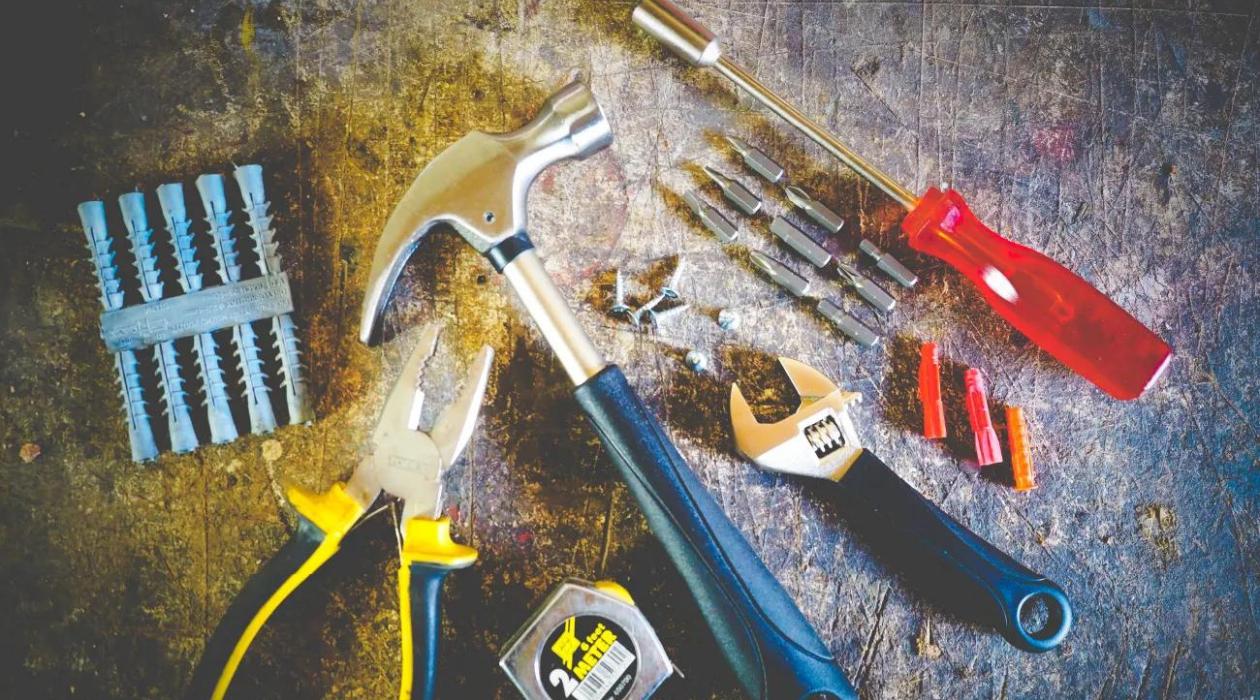
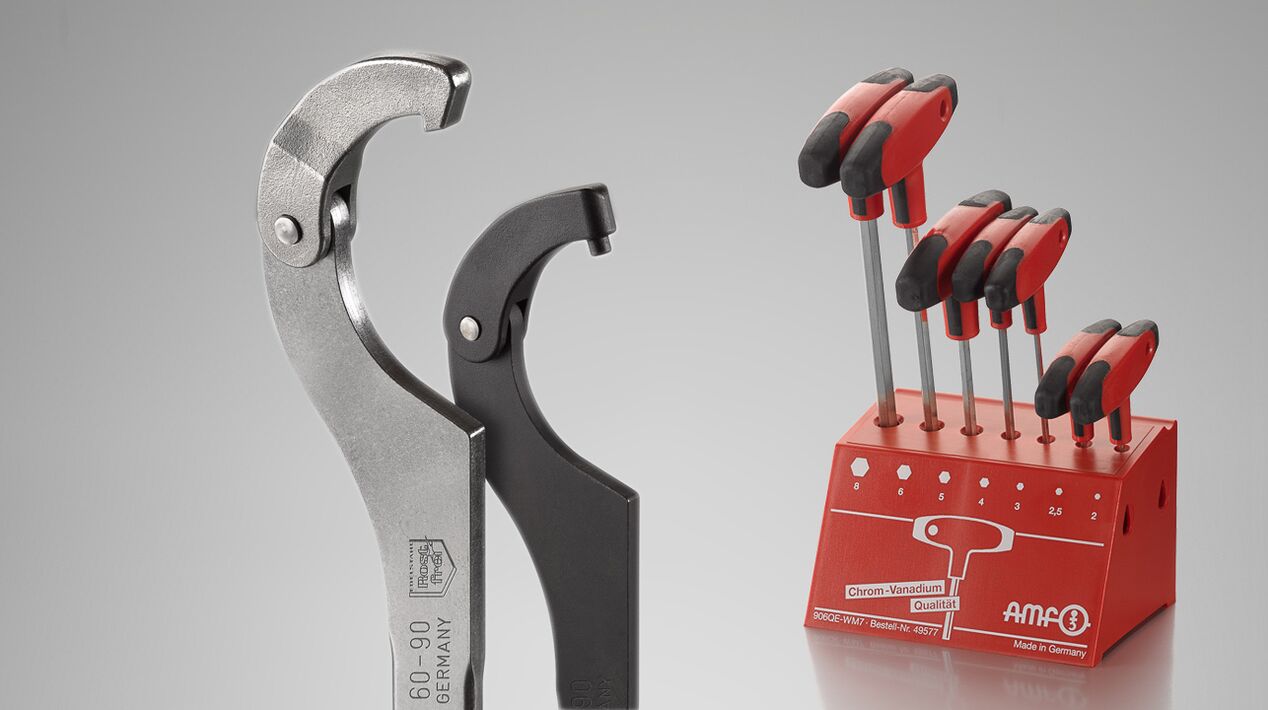
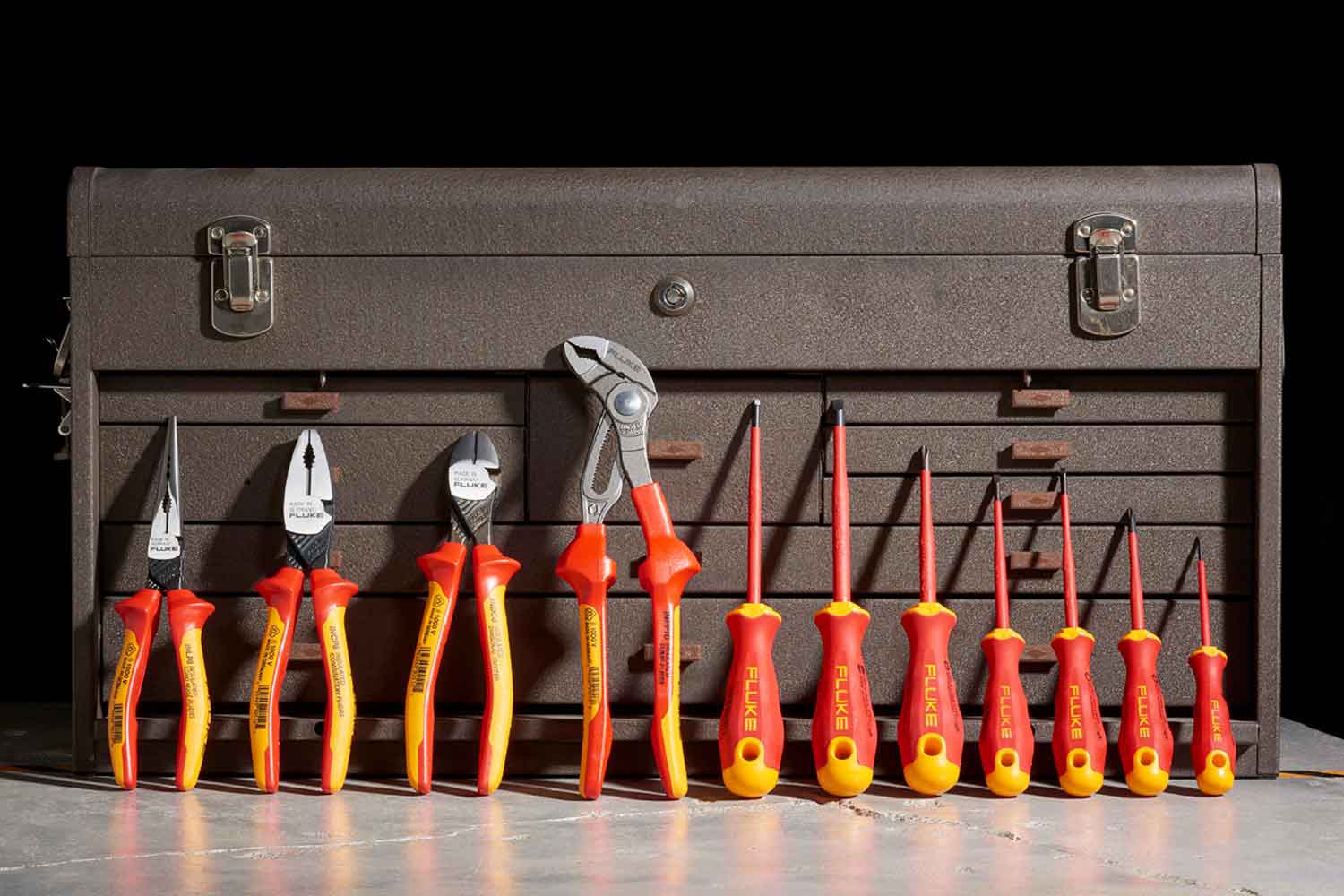
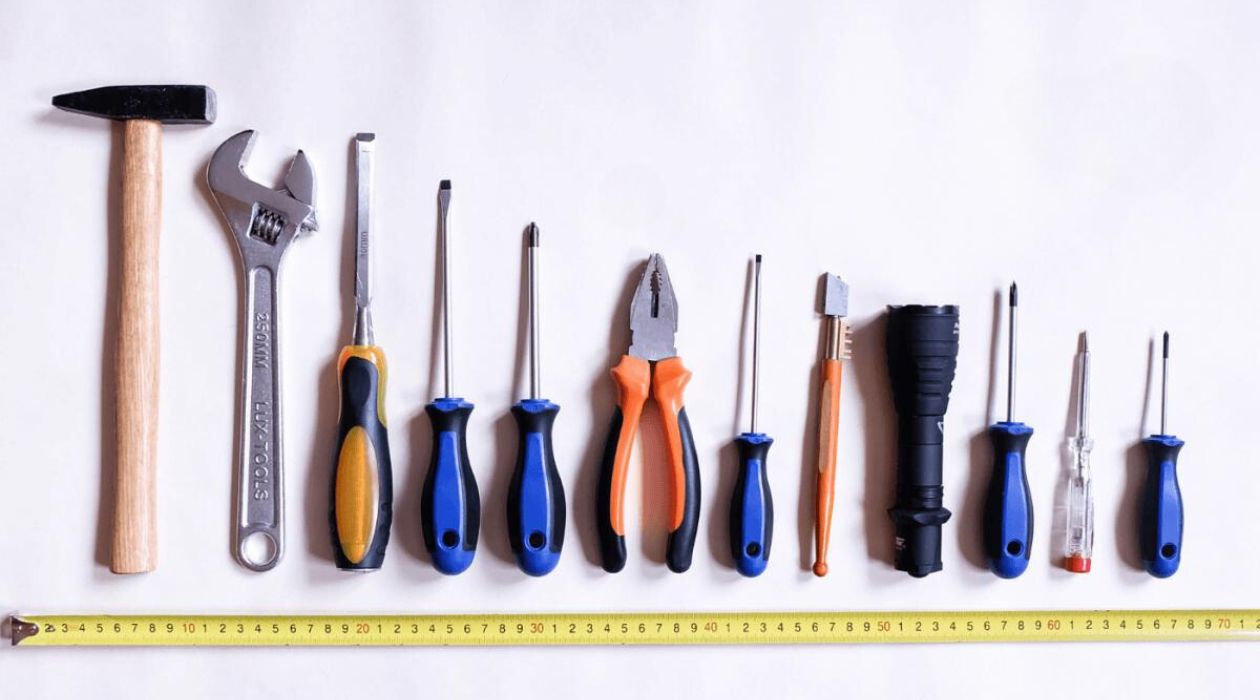
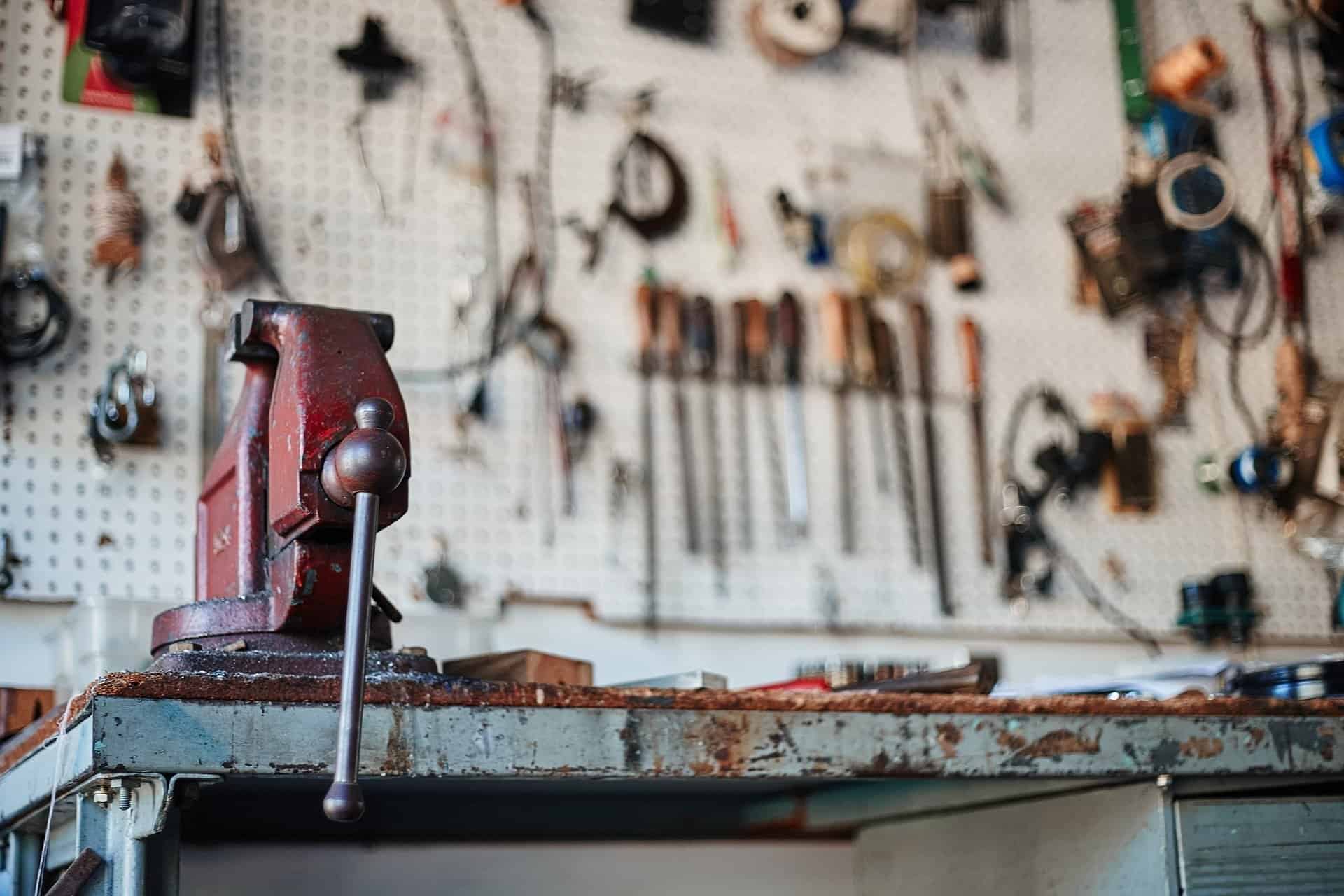

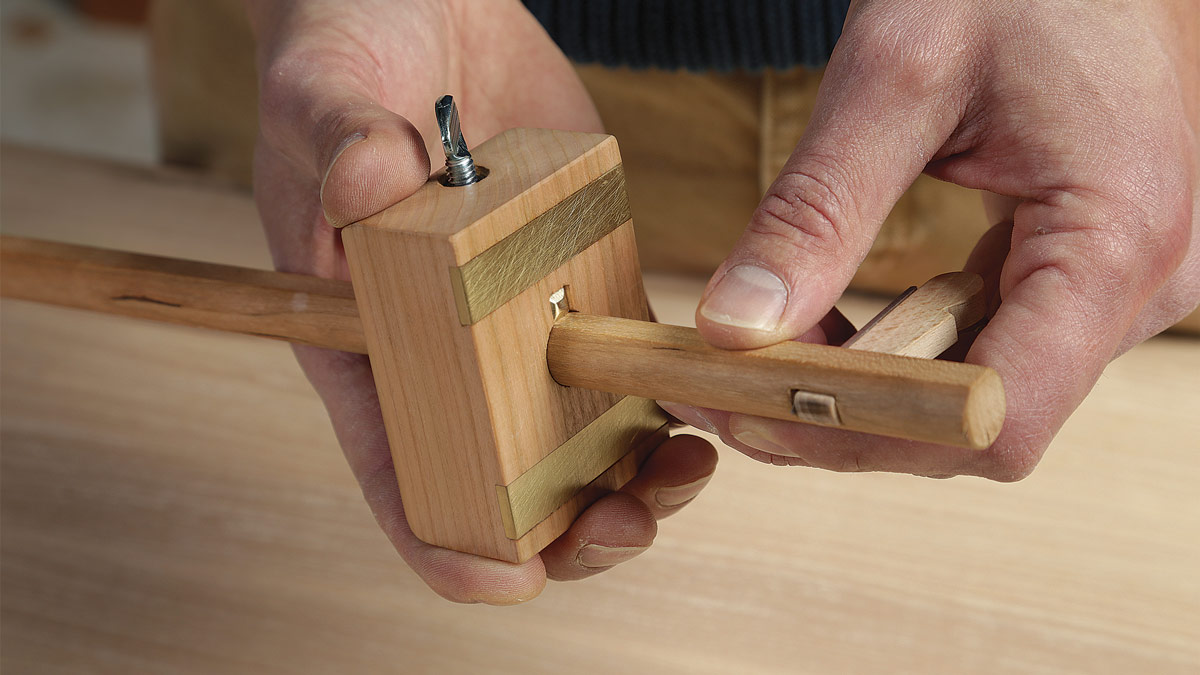
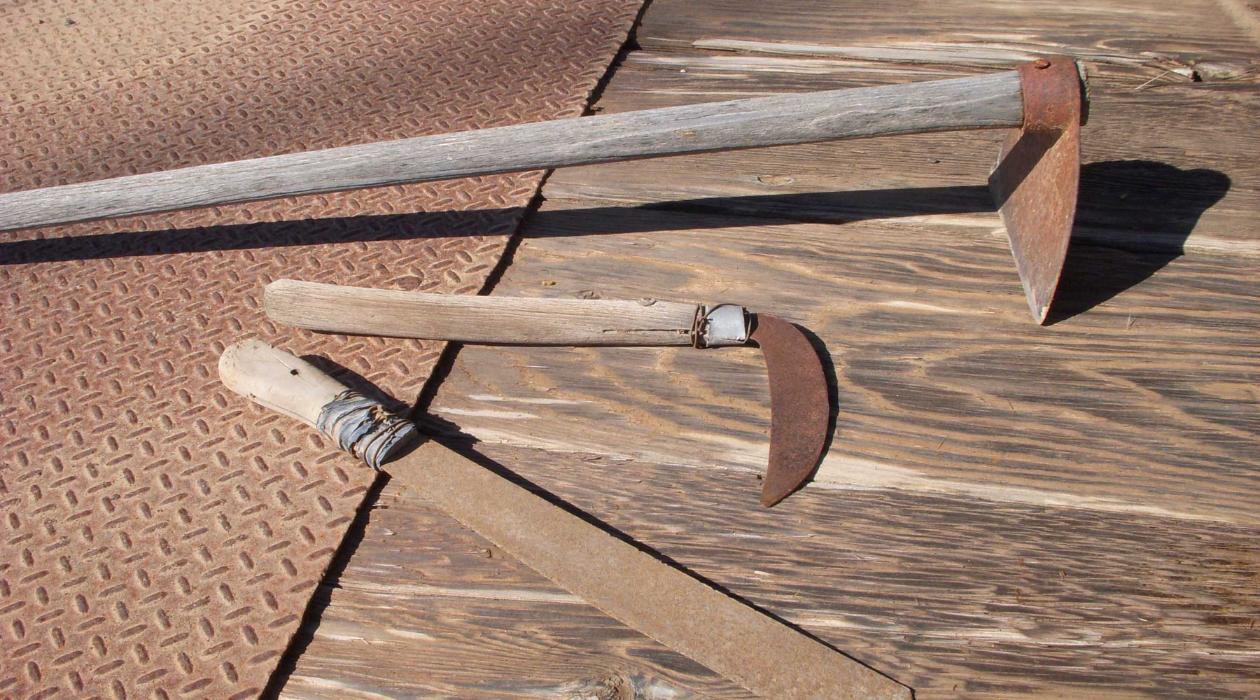
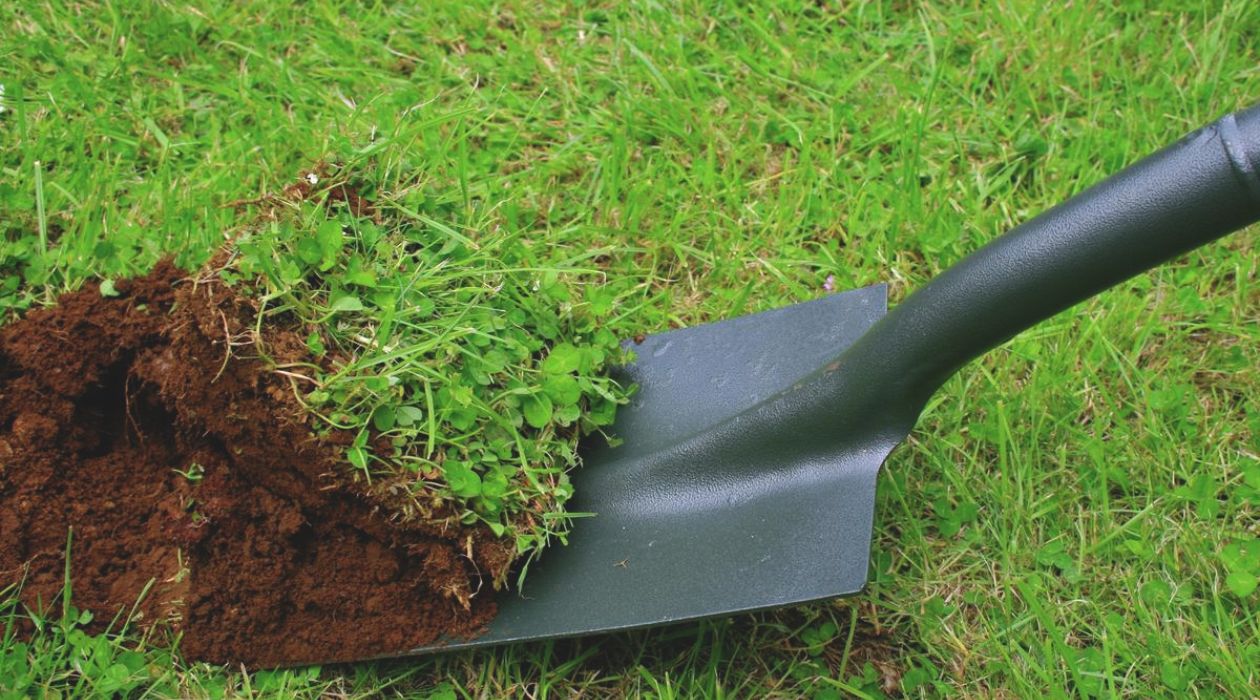

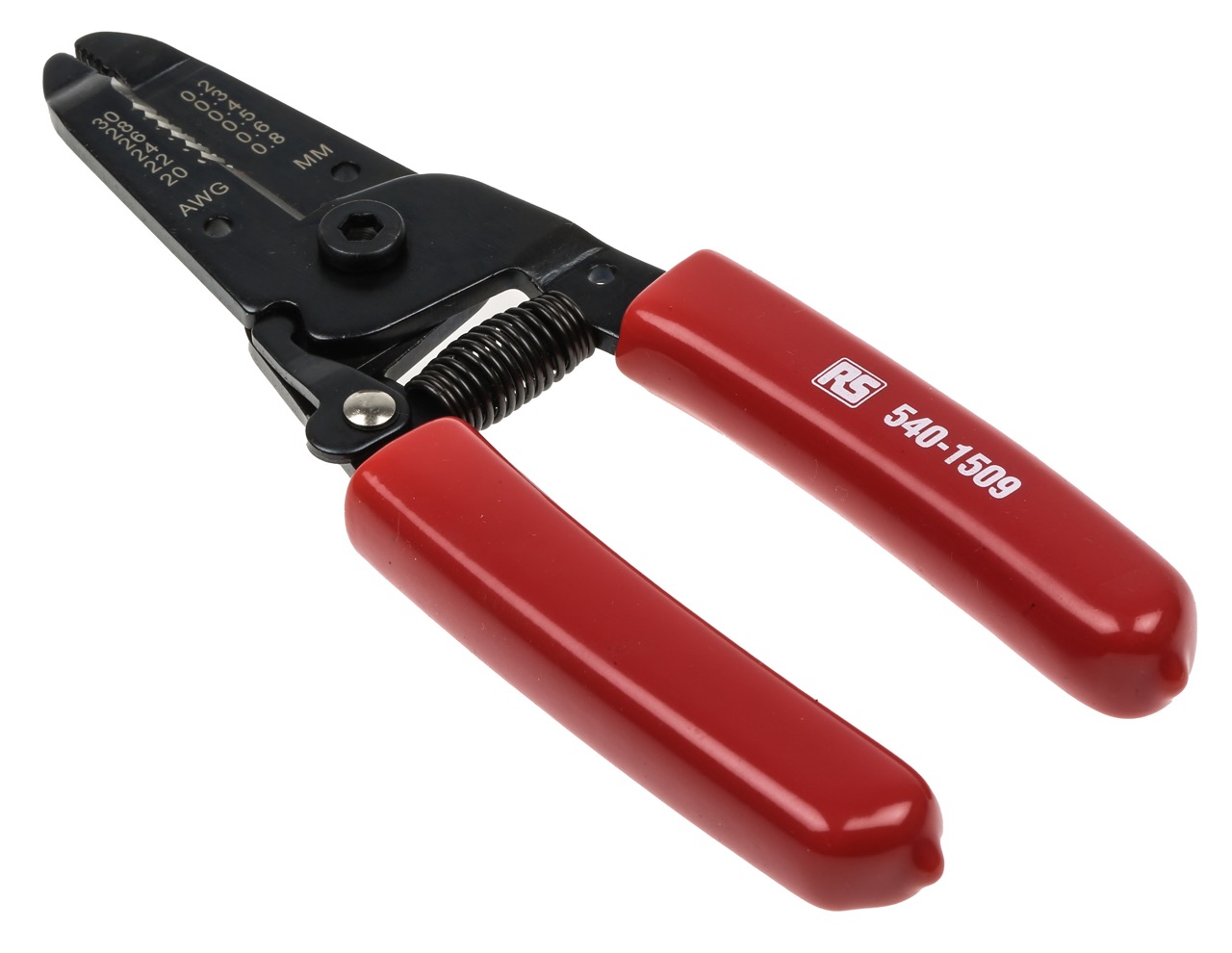
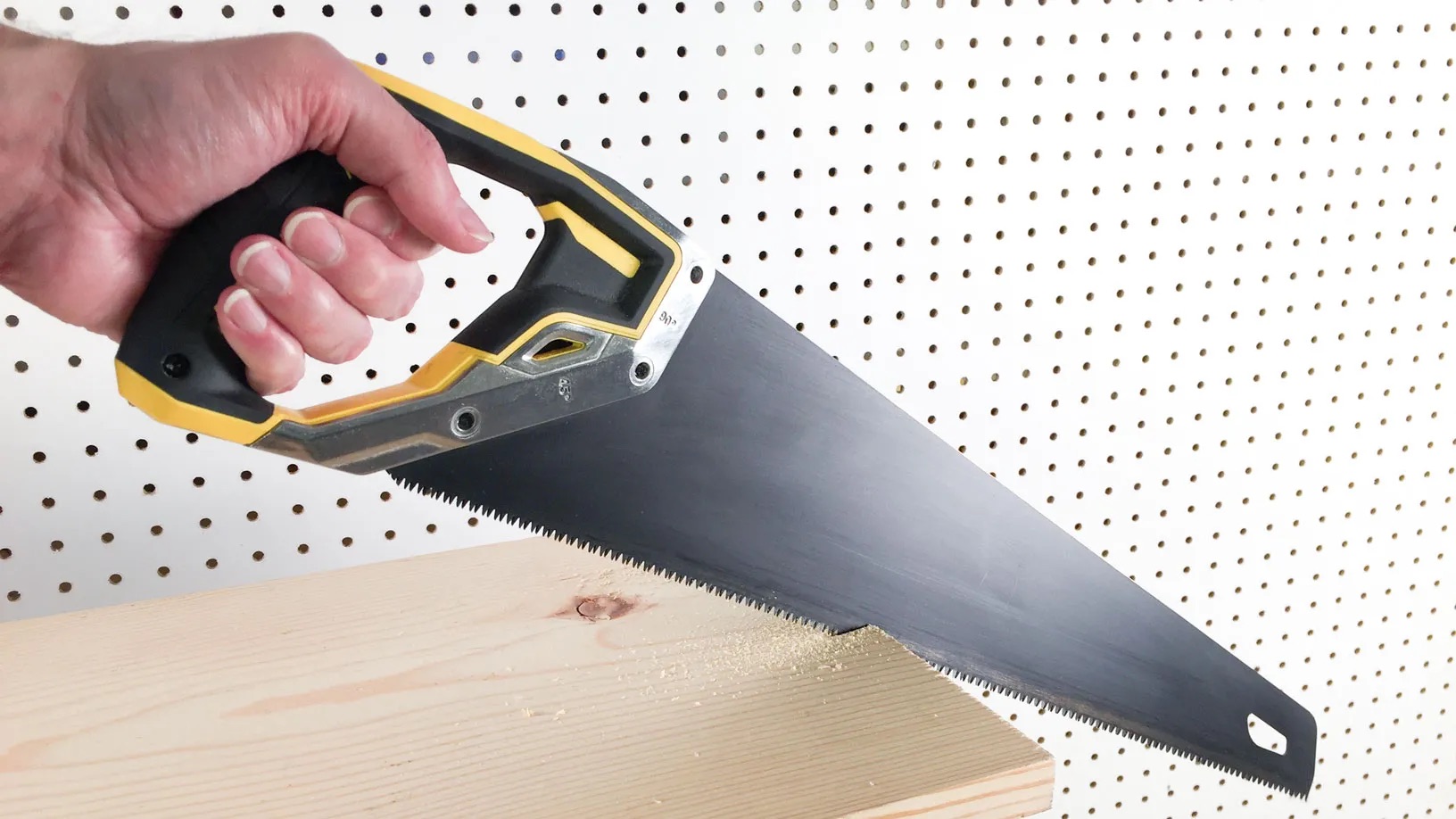
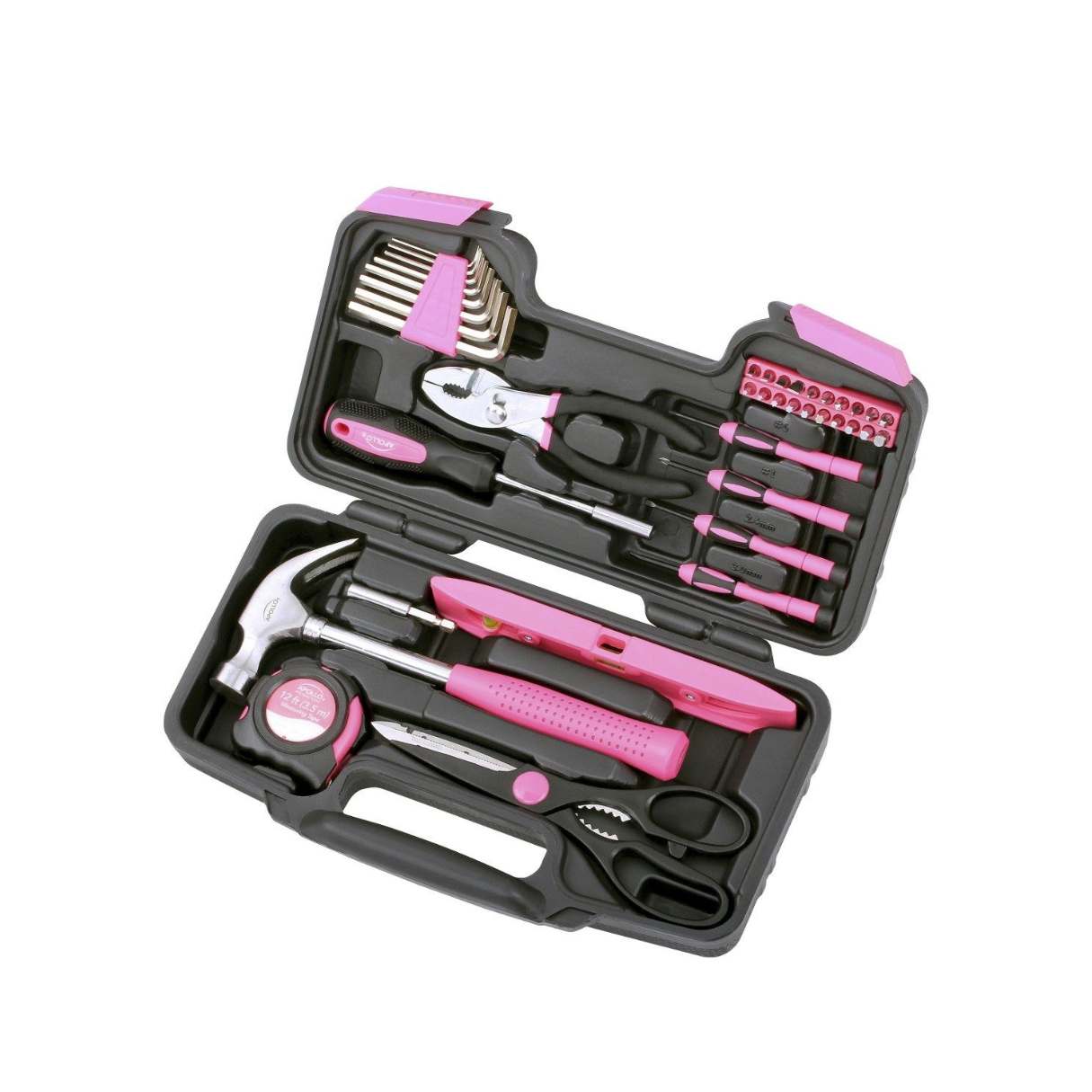
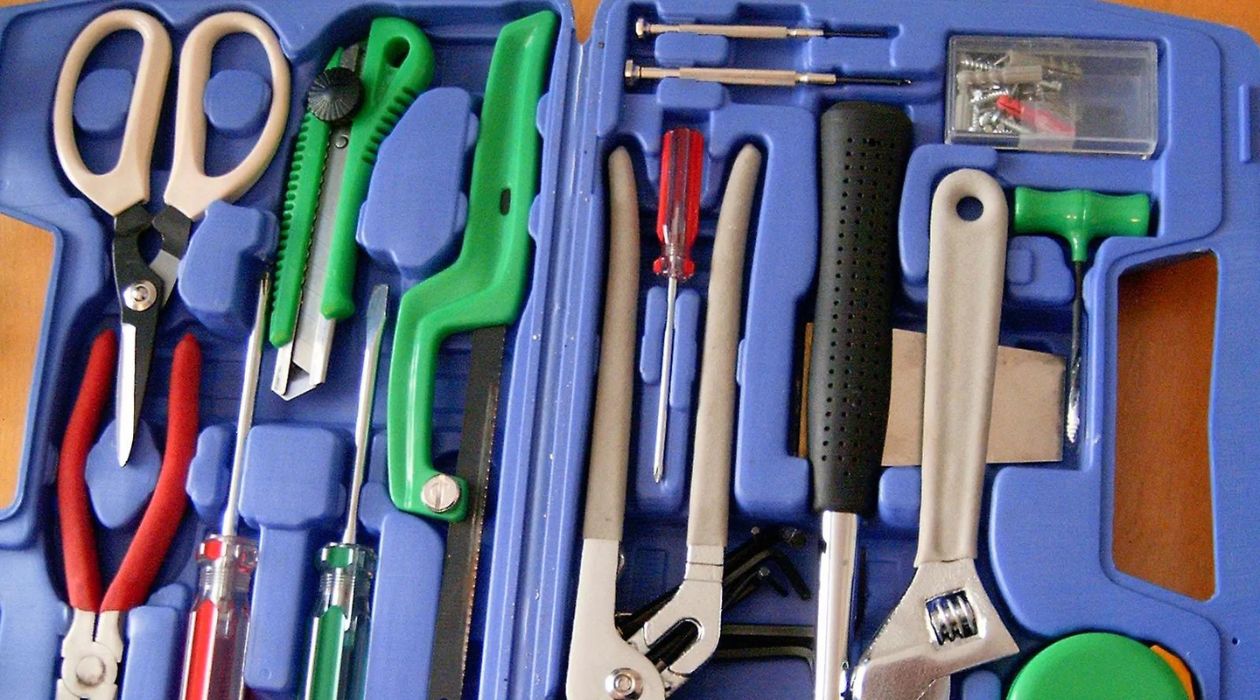

0 thoughts on “What Hand Tools Are Popular In Japan”